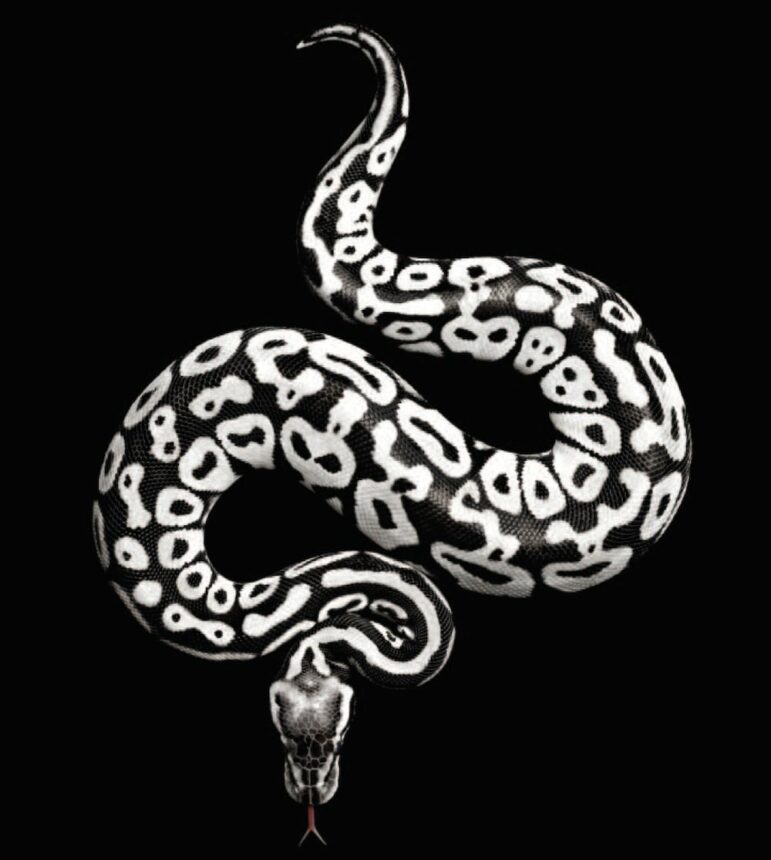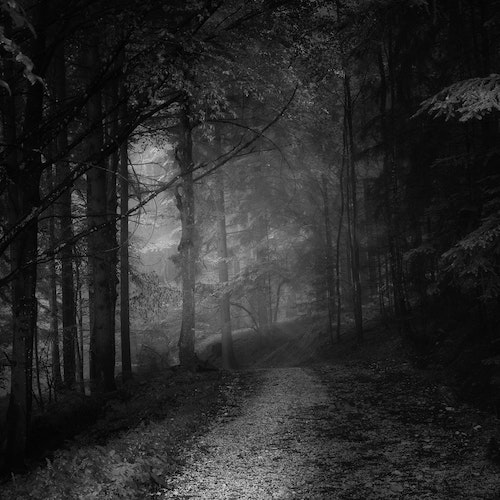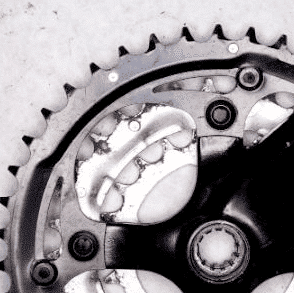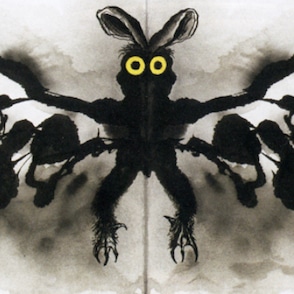JOIN US for another round of poetry recommendations, this time in celebration of the rich and diverse cultures, traditions, and contributions of Native people. Follow these poets over water, land, and ice, through dreams and histories, as they examine language, loss, violence, revolution, resilience, and home.
Camille Dungy Recommends:

An American Sunrise by Joy Harjo
This heart opening collection from the 23rd Poet Laureate of the United States is not to be missed. Harjo knows how to share the songs that tie the present to the past and make possible a future in which healing and truth can live side by side. In An American Sunrise Harjo retraces her own family’s Trail of Tears (she reminds us there are many Trails of Tears, that such violent relocations continue today), traveling from Oklahoma back to her ancestral home in Georgia. She describes “how beautiful it was// the waters… these healing plants, these stones.” She remembers what happened on that land, and how, and by whom. Filled with archival texts and collected memories, these poems are woven through with electric currency and the life force that connects across time and space and bodies. (W. W. Norton)

Horsefly Dress by Heather Cahoon
We convey meaning through language. We describe landscapes, histories, thoughts, ethics, memories, and science via language. Language is the way we express who we are and how we understand the world. To lose a language is to lose a way of living, a way of existing and feeling and walking through landscapes and histories. While to gain a language is to expand our connection to dreams and animals, to trees and medicines, to rivers and ancestors, to logic and truth. To gain a language is to gain ways of moving through the world. This is part of why I find Horsefly Dress, in which Cahoon sometimes mixes traditional Séliš (Salish) and Qlispé words and stories into contemporary contexts, so thrillingly necessary, revolutionary, and right. (University of Arizona Press)

What the Chickadee Knows by Margaret Noodin
“Whether we hear giji-giji-shii-shii or chick-a-dee-dee-dee depends on how we have been taught to listen.” These are the first words in Noodin’s preface to a collection of poetry “conceived first in Anishinaabemowin and then in English.” These poems, Noodin writes, “are an attempt to hear and describe the world according to an Anishinaabe paradigm.” Including a pronunciation guide and English translations, What the Chickadee Knows allows readers another way to read and see and hear landscapes and lives and waters and skies around the confluence of the Minisota and Michizibi Rivers. (Wayne State University Press)

when it rains/ mat hekid o ju edited by Ofelia Zepeda
First published in 1982 and reissued in 2019, this book is one of the earliest published collections of literature written by and in the language of the Tohono O’odham Nation and the Gila River Indian (Pima) Community. Though when it rains is presented in a bilingual format, the writing was originally composed in Tohono O’odham and Pima. Zepeda believes this offered the nearly twenty mixed generation poets presented in the collection a crucial opportunity to write differently than they might in English. “I believe it would not have been as meaningful. Since we have no word for ‘poetry’ in the language, we call poems ha-cegĭtodag, literally thoughts.” The landscape of the Southwest is a life-shaping force of the thoughts on these pages. Writers think about rain, menacing horned toads, sun, prickly pear, cholla, mesquite beans, what it means to call a desert home. One contributor, Helen J. Ramon, writes “The desert is work, but for our good/The desert is for our good.” (University of Arizona Press)

Dark Traffic by Joan Naviyuk Kane
Just as the massive, Cold War-era long-distance communication dishes known by the name White Alice were once scattered across Alaska’s landscape, White Alice poems recur throughout Dark Traffic. They convey wreck and ruin, sending sonic clusters of rage and worry bouncing from page to page. Look around, as the poems in this book do, and see ice melting, see landing sites where you thought there was nowhere to land, see snow geese and coal dust and crowberry-stained ground. See a Native Alaskan woman seeking help from one of the only female psychiatrists of color in the state. See a single mother teaching her son to swim. This book’s scattered, honest communications are lyric and concrete and rooted in place, in the body, in violence, in reckoning, and in truth. (University of Pittsburgh Pitt Poetry Series)

Aurum by Santee Frazier
The word “Aurum” means “Gold.” Frazier’s book is less about the fortunes some reap from its sale, and less about the luster and shine of the metal, than it is about what is left behind after its mining. Consider the second to last section of a long poem called “Half-Life,” which describes an image titled “49ers Chain Indians to Trough.” The energy in Aurum is like a woodstove Frazier describes elsewhere in “Half-Life”: “Its bulbous hull/ a womb/ of popping embers.” As these poems insist, “This is not fate.” The “dislodged earth” and hunger here, the violence and the anger, the “gritty air” and “fungal,” “mangled” disarray, the “dust and exhaust” and dead animals are all by design. What we’re left with after picking up Aurum are the spoils of a culture of rapacious, careless “thirst.” (University of Arizona Press)

Eyes Bottle Dark with a Mouthful of Flowers by Jake Skeets
Skeets’s lyrics lay bare the splendor and terror of living and loving in the world he reveals. This terror is all the more present for a man-loving man, and even more specifically for a Diné man trying to survive in Gallup (or what the book calls Drunktown). There is a great deal of brutal (and often seemingly routine) violence in this book, but there is also a great deal of tenderness. These poems are grounded in place, rising up out of the Earth with intention. Eyes Bottle Dark with a Mouthful of Flowers took my breath away over and over again. (Milkweed Editions)

Our Bearings by Molly McGlennen
I’m drawn to McGlennen’s book for the ways the poems use setting to further develop their subjects. McGlennen was born and raised in Minneapolis, and this is the place generations of her family have called home since a time long before the place was called Minneapolis. “More than half of Indigenous peoples within the United States live in cities today,” McGlennen writes. And she asks, “What would a poetic mapping of Indigenous urban space look, sound, and feel like?” Our Bearings is part of her answer. (University of Arizona Press)

Living Nations, Living Words: An Anthology of First People’s Poetry edited by Joy Harjo
Those interested in Harjo’s writing should be sure not to miss the recent anthology collected as part of her signature laureate project. Harjo says, “Poetry doesn’t just emerge, it emerges from the soul of a community.” In Living Nations, Living Words, you’ll find poems by 50-some Indigenous American and Pacific Islander writers, including Ray Young Bear, Imaikalani Kalahele, Elise Paschen, Roberta Hill, Duane Niatum, Cedar Sigo, Henry Real Bird, Natalie Diaz, Mahealani Perez-Wendt, and Layli Long Soldier. The anthology, as well as the ground-breaking online project from which the anthology grew, reinforces the truth that “heritage is a living thing, and that there can be no heritage without land and the relationships that outline our kinship.” (W.W. Norton)
Recommendations from Poet Friends:

Felicia Zamora recommends Little Big Bully by Heid Erdrich
The voices in Heid Edrich’s Little Big Bully (winner of the 2019 National Poetry Series) meticulously interrogate the origins of violence, the inceptions of bullies—from the learned cruelty of children (“little bullies scripted so early/ they make one big bully decree”), to the genocide of colonization, to a society hushed around rape and sexual assault, to the murders of Native women, to the interior impacts of such abuse and erasure, to language, to how violence in the mundane is still violence. The Indigenous body, the woman body, the missing body, are all landscape in these powerful, provocative, and limit-breaking poems. In a world where femicide runs rampant, Erdrich’s poems bellow—Don’t look away. Enough. Enough. These poetic worlds carve new futures where healing, love, family, and self-sovereignty exist. The grief in these poems is a collective grief—“when every child born is ours every child mine.” Let us bellow out together—Enough. (Penguin Books)

John Sibley Williams recommends How to Dress a Fish by Abigail Chabitnoy
Rooted in both place and placelessness, in cultures thriving yet irrevocably changed by outside influences, in “legacy as a blank space. A space that unlike a slate cannot be written,” the poems in How to Dress a Fish are whittled from dynamic contrasts that weave an easily permeable net through which the landscape and the human pass into and through each other. These poems refuse erasure. They take responsibility for themselves and remind us of our own responsibilities. Chabitnoy’s vision is one of faith to her family’s cultural narrative, bearing the weight of centuries, that also fixates on the smallest, deeply human details. There’s such sharpness to her metaphors, such richness to the world she builds for us. These poems are both myth-creating and myth-dismantling, simultaneously defining the edges and pushing against the edges of the American experience. Through essential, captivating, beautifully empathetic language, Chabitnoy exposes her own uncertainties about how to best suffer her family’s traumas in a way that will open and heal our ongoing national wounds. After several readings of this gorgeous book, I believe, at its core, How to Dress a Fish works to paint a multifaceted portrait of betweenness. As a child of mixed heritage, Chabitnoy seems to question her prescribed place in both familial communities. Yet she chooses to celebrate them. These poems choose to celebrate everything they touch. Even their own ghosts. Even that greater truth that always remains just slightly out of reach, that she refuses to stop reaching toward. (Wesleyan University Press)

Sandra Lim recommends Flood Song by Sherwin Bitsui
The breathtaking sequence that is Sherwin Bitsui’s Flood Song combines contemporary life and Native traditions. But that is an arid description for what feels like a mesmerizing conjuring; the assemblages of sound and movement and thinking reveal a perceptiveness that can move quickly from the real to the imagined and back again without breaking tone. Read this book aloud to feel the expansiveness and revealing asperities of a compassionate imagination. (Copper Canyon Press)

Chris La Tray recommends His Feathers Were Chains by Denise Lajimodiere
Denise Lajimodiere is Turtle Mountain Chippewa, and her latest book of poetry is a document of what that means. Here we find voyageurs and lard sandwiches, grandmothers and boarding schools. We also find love and family and hard winters. We find life in the cradle of where an entire Indigenous culture was born, and it is beautiful. (North Dakota State University Press)

Keetje Kuipers recommends Bright Raft in the Afterweather by Jennifer Foerster
What are our ways of making meaning in a poem? Image, music, voice, story. But what rhetorical devices stand up to the interrogation of apocalypse—both the embodied memory of a continent once untouched by white men and now a planet where the human hand has rummaged through and soiled every corner? This argumentation cannot happen in a straight line, or a straight lyric. It requires interruption, and a kind of synesthetic weaving where the sense memory of the past and the future trigger each other. Such are the poems in Jennifer Elise Foerster’s second book, Bright Raft in the Afterweather, which employs every kind of poetic device, each in competition with another, until we understand how debilitating it can be to write such an end: “rejected materials / and you are meant to respond to the stain.” As a member of the Mvskoke (Creek) Nation of Oklahoma, Foerster is writing towards landscapes informed by trauma, and she maps that wound from ocean to plains, even to the Cannonball River at Standing Rock. There is tremendous beauty in these poems—the women who walk through them have the potency of myth and the familiarity of flesh and blood—but it is a tenuous beauty: remembered, retrieved, and once again revoked: “You will look for patterns / and see none. / You will look for openings— / they will close to you. / The light in each grass fast fading— / we lie down in this dark.” (University of Arizona Press)

Abigail Chabitnoy recommends Look at This Blue by Allison Adelle Hedge Coke
“The path we have taken has rotted / Ignite, stand upright, conduct yourself like lightning,” Allison Adelle Hedge Coke quotes Inuit poet Tanya Tagaq at the start of her electric new book. This epigraph sums up the excitement and urgency of Look at This Blue. What Hedge Coke provides readers in the pages that follow is the lightning rod. Her long poem slips in and out of images of violence against the land, specifically California, the flora and fauna and many immigrants and indigenous peoples of that land, the poor and cast out and overlooked and neglected and abused of that land, ever aware of the undercurrents that connect each transgression. While I’ve grown suspicious that one can give voice to the voiceless without doing further violence, these lines are not acts of ventriloquism, nor even quiet moments of witnessing. These are the aftershocks of the violences we as a nation would not see, haunting the periphery until there is nowhere we can look without being made at last to see. But in this litany of those who have been lost and those who are at risk, so too there is an act of preservation, a summons, and offering. If not promise, then a charge, a spark, to move us along. This book is like nothing I’ve seen from Hedge Coke before. It was just what I needed to read right now. (Forthcoming from Coffee House Press)

John Sibley Williams recommends Brother Bullet by Casandra López
In a series of beautifully rendered gut-punch poems as personal as they are (unfortunately) universal, Brother Bullet is a careful and intimate study of grief in relationship to gun violence. López observes how violence (being a victim of it, witnessing it, and surviving it) becomes part of our intersecting identities. Drawing on her own migratory experiences, she transports us across an American Southwest filled with stark imagery as emotionally raw as it is gentle, as wounded as it is revelatory. And these poems really are revelations! López is trying to do in her work what many people say is impossible: making sense of something senseless, learning how to cherish and even celebrate what remains after violence has taken so much from us—a lesson America keeps struggling to address over and over again. Though the essential relationship between individual and communal responsibility sparks off the page in fresh, moving ways, Brother Bullet never strays far from its heartbreakingly personal core. I could feel, quite deeply, how the trajectory of the bullet that killed López’s brother moves through each poem. “I need these reminders of / how we survive and still grow / so fiercely against the edges of this earth.” We are lucky to have her reminders. We are lucky she has invited us in to see her love, her family, her trauma, her pain, her Brother, and her grief process. Through this collection, she brings us that much closer to a necessary reckoning, and catharsis. (University of Arizona Press)
Want more poetry recommendations from Orion poetry editor Camille Dungy? Click here.





























